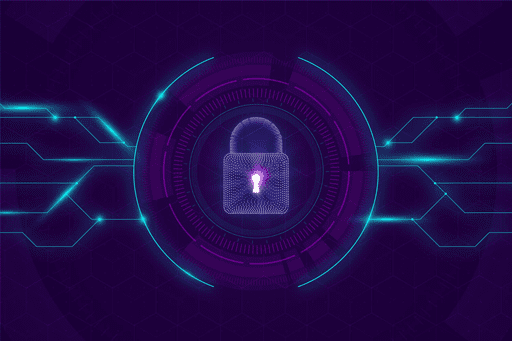Table of Contents
In the digital age, security is an essential component of any business. Passwordless authentication helps you to achieve this. As technology continues to evolve, so too do the methods and standards of authentication that businesses use to protect their data. One such method is passwordless authentication. It’s a new security measure that eliminates user passwords in favor of other forms of authentication, and it could be a great solution for your business.
What is Passwordless Authentication?
Passwordless authentication is exactly what it sounds like—it eliminates the need for users to remember complex passwords, which can be easily hacked or forgotten. Instead, it uses more secure methods of authentication such as biometrics (like face and fingerprint recognition), two-factor authentication (2FA), and single sign-on (SSO) solutions. By using these methods, businesses can ensure that only authorized users have access to their data and systems.
Advantages of Passwordless Authentication
Improved security: One of the biggest advantages of passwordless authentication is the improved security it provides. With no need for users to remember complex passwords, the risk of them being stolen or guessed by hackers is eliminated.
Easier login: Another major advantage is that passwordless authentication makes it easier for users to log in. They no longer have to remember long and complex passwords every time they want to access a system or app, which makes it easier for employees to do their jobs without having to worry about forgotten passwords or difficult login processes.
Reduced costs: Finally, by eliminating the need for users to remember multiple passwords across different systems and apps, businesses can reduce the costs associated with resetting lost or forgotten passwords. This can result in significant cost savings for organizations that have many users.
Disadvantages of Passwordless Authentication
Though Passwordless authentication offers many advantages for business owners, there are some potential drawbacks that should be considered before implementing this type of system in your organization.
The first potential disadvantage is cost; while the savings from reduced help desk requests may offset some of the cost associated with implementing a passwordless system, there may still be some upfront costs involved in setting up such a system.
Additionally, because most passwordless solutions rely on biometric data or 2FA solutions like SMS messages or emails codes, businesses must ensure that they have high-quality hardware (for biometric scanning) and
software infrastructure in place before they can implement this type of system successfully.
Finally, though passwordless authentication does offer improved security over traditional username/password systems, it is not foolproof; if user devices are compromised due to malware or other malicious attacks then all bets are off when it comes to protecting sensitive data from unauthorized access.
While there are potential drawbacks associated with this type of system—such as cost and increased complexity—the advantages far outweigh them when you consider how much safer your data will be without traditional usernames and passwords being used as a barrier between attackers and your valuable information assets. As such, business owners should consider implementing a passwordless solution if they want more secure access controls than what traditional username/password systems offer today.
In conclusion, Passwordless authentication is an increasingly popular security solution for businesses looking for better ways to protect their data from cyber threats without sacrificing convenience for their users. While there are potential drawbacks associated with this type of system—such as cost and increased complexity—the advantages far outweigh them when you consider how much safer your data will be without traditional usernames and passwords being used as a barrier between attackers and your valuable information assets. As such, business owners should consider implementing a passwordless solution if they want more secure access controls than what traditional username/password systems offer today.


1 thought on “What Business Owners Should Know About Passwordless Authentication”